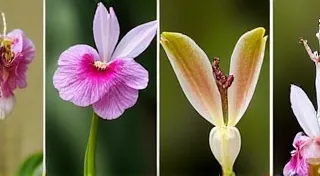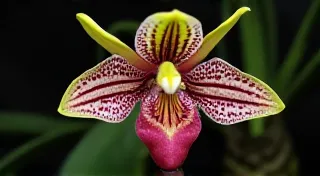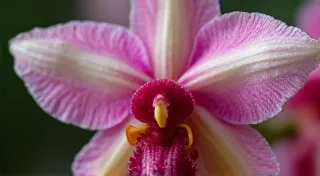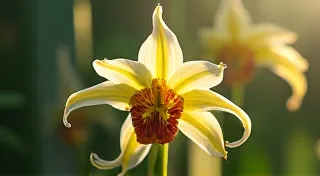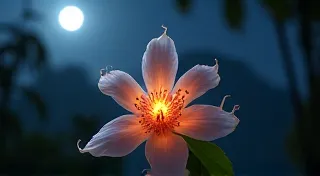Advanced Orchid Identification: Using Pseudobulbs for Distinction
Identifying orchids can be a rewarding but challenging pursuit. While flower color and shape are often the first characteristics considered, seasoned orchid enthusiasts understand that the often-overlooked pseudobulbs hold a wealth of information for accurate identification. This article delves into the crucial role of pseudobulbs in orchid identification, providing insights into their size, shape, and characteristics to help you distinguish between species.
What are Pseudobulbs?
For those unfamiliar, pseudobulbs are thickened stems that store water and nutrients, acting as a survival mechanism for orchids, particularly in environments with distinct wet and dry seasons. They’re not true bulbs like those found on lilies, hence the prefix "pseudo" (false). The structure and appearance of these pseudobulbs vary enormously, and this variation forms the basis for many identification clues.
Pseudobulb Size: A First Clue
The overall size of the pseudobulbs is often a good initial indicator. Some orchids, like Dendrobium species, may have long, slender pseudobulbs, while others, such as some Cattleya types, have thick, compact ones. Consider these general categories:
- Small (less than 2cm diameter): Often associated with miniature orchids or those adapted to high-altitude, shaded environments.
- Medium (2-5cm diameter): A common size range in many Dendrobium and Oncidium species.
- Large (over 5cm diameter): Frequently found in robust orchids adapted to drier conditions or those with substantial water storage requirements.
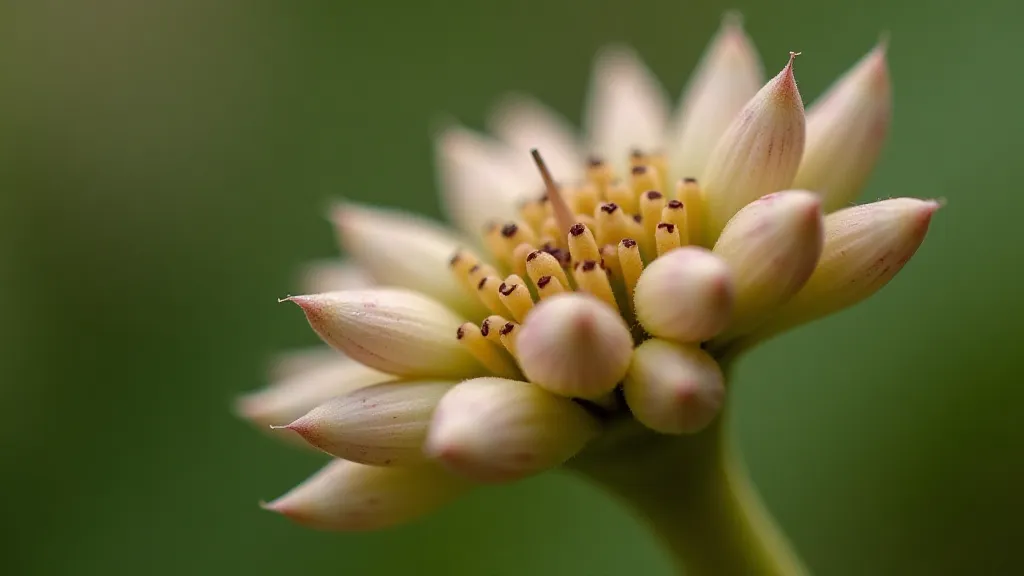
Pseudobulb Shape: Decoding the Form
Beyond size, the shape of the pseudobulbs can be highly diagnostic. Shapes can range from cylindrical to conical, ovoid, flattened, or even fan-like. The presence of ridges, furrows, or tubercles (small bumps) further refines the identification process.
- Cylindrical: Commonly seen in many Dendrobium species.
- Conical: Often found in some Bulbophyllum species.
- Ovoid: Characteristic of certain Coelogyne orchids.
- Flattened: Observed in some Maxillaria and Pleurothallis orchids.
- Fan-like: A distinctive feature of certain Zygopetalum and related genera.
Pseudobulb Characteristics: Beyond Shape and Size
Pay close attention to details like the presence and position of leaf scars, the texture of the pseudobulb surface (smooth, rough, warty), and the presence of any specialized features. The way the leaves are attached to the pseudobulb (single leaf per pseudobulb or multiple leaves) also contributes to identification.
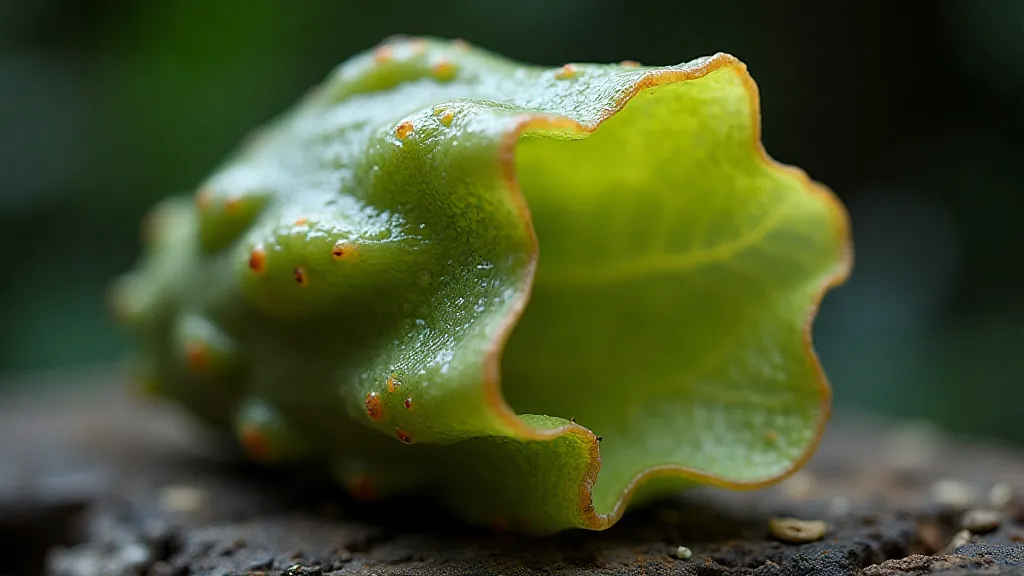
Comparison Charts – General Examples
These charts provide some general comparisons. Always cross-reference with other morphological features and consult reliable taxonomic resources for accurate identification.
| Genus | Pseudobulb Size | Pseudobulb Shape | Notable Characteristics |
|---|---|---|---|
| Dendrobium | Small to Medium | Cylindrical | Often pendulous, clustered |
| Cattleya | Medium to Large | Compact, ovoid | Often thick and robust |
| Bulbophyllum | Small to Medium | Conical to ovoid | Often with a single, overlapping leaf |
| Maxillaria | Small to Medium | Flattened | Often with a single leaf and a distinctive lip |
Important Considerations
Remember that variations within a species can occur due to environmental factors or genetic mutations. Always consider the overall plant morphology and habitat. Combining pseudobulb characteristics with flower characteristics, leaf shape, and root structure will greatly improve your chances of accurate orchid identification.
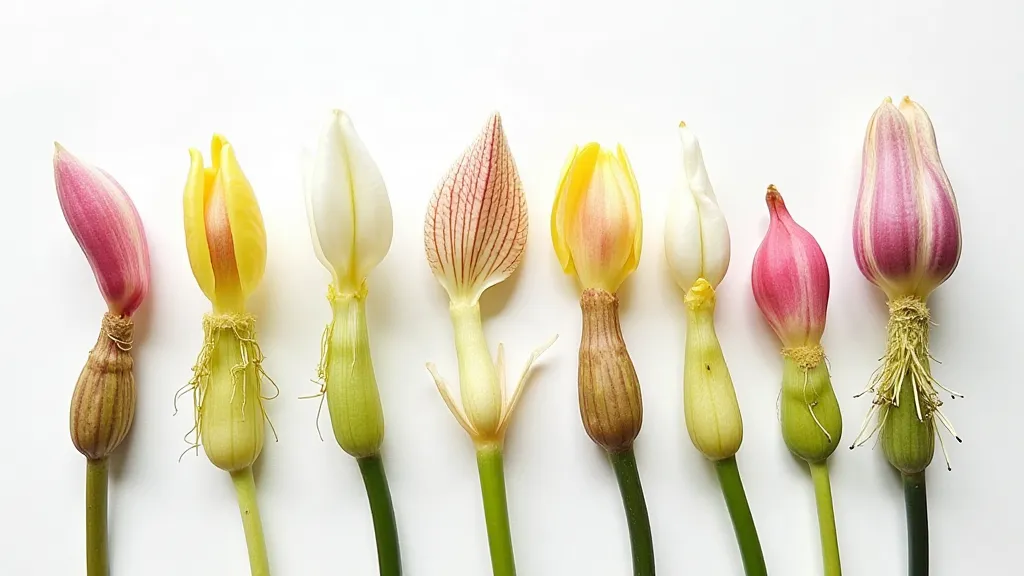
Further Resources
Consult with experienced orchid growers and refer to reputable botanical publications and online databases for more detailed information.
